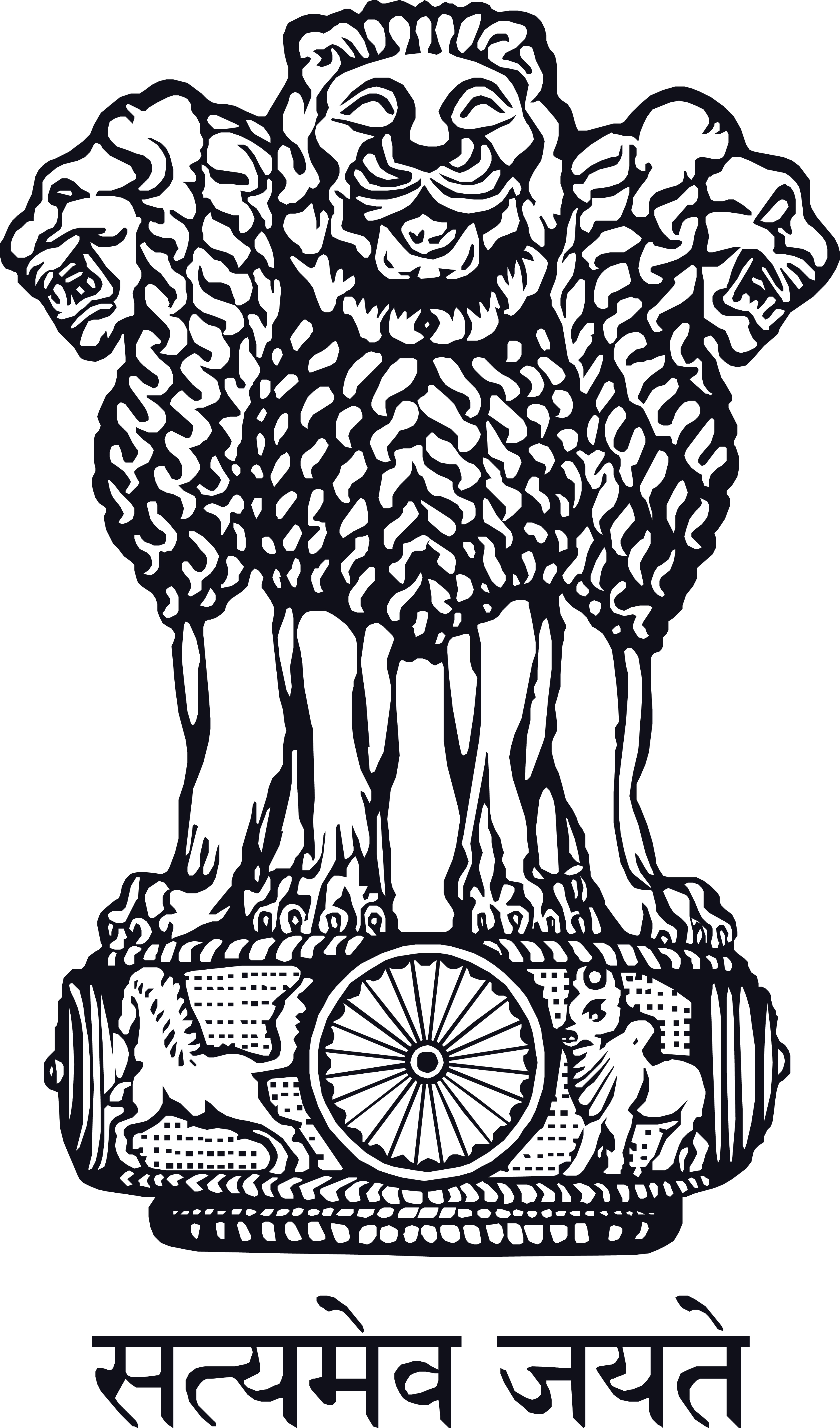Pharmacology
Based on the theory of hByung-Ba-lNga, pharmacology of Sowa-Rigpa believes that every substance on the earth has medicinal value and therapeutic efficacy. Medicinal substances are classified into eight major categories i.e. Rin-Po-Chhe (precious metal and stone), Sa-sMan (minerals), rDo-sMan (stones), Shing-sMan (trees), rTsi-sMan (essence and exudates), Thang-sMan(plants) sNgo-sMan (herbs) and Srog-Chhags-sMan (animal parts). The ingredients of medicine are used in both single and compound forms. Compound medicines are based on permutations and combinations of (i) Ro (taste) based formulations and (ii) Nus-Pa (potency) based formulations. There are about seventeen different categories of medicinal preparations out of which some important preparations are decoction, powder, pills, paste, medicated ghee, medicated ash, medicated wine, extract/resins, medicated bath, etc. The composition of a medicinal preparation is determined on the basis of the six major tastes i.e. sweet, sour, saline, pungent, astringent and bitter. Of these, a composition of sweet taste is dominated by Sa (earth) and Chhu (water) elements; sour taste is dominated by Me (fire) and Sa (earth); saline is dominated by Chhu (water) and Me(fire); bitter is dominated by Chhu (water) and rLung (wind); pungent taste is dominated by Me (fire) and rLung (wind); astringent taste is dominated by Sa (earth) and rLung (wind) element. Sweet, sour, saline and pungent tastes pacify rLung Nyes-Pa (wind humour). Bitter, sweet and astringent tastes pacify Nyes-Pa mkhris-Pa (bile humour). Pungent sour and saline tastes pacify Nyes-Pa Bad-Kan(phlegm humour). Zhu-rJes-gSum, (three post-digestive tastes), Nus-Pa-brGyad (eight potencies) and Ngo-Bo (specific action) of particular drugs also play an important role in the choice of drugs. The therapeutic efficacy of drugs is also dependent on the above-mentioned factors.


